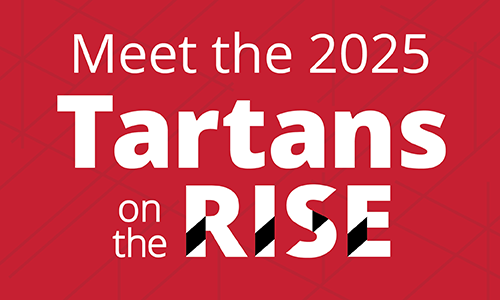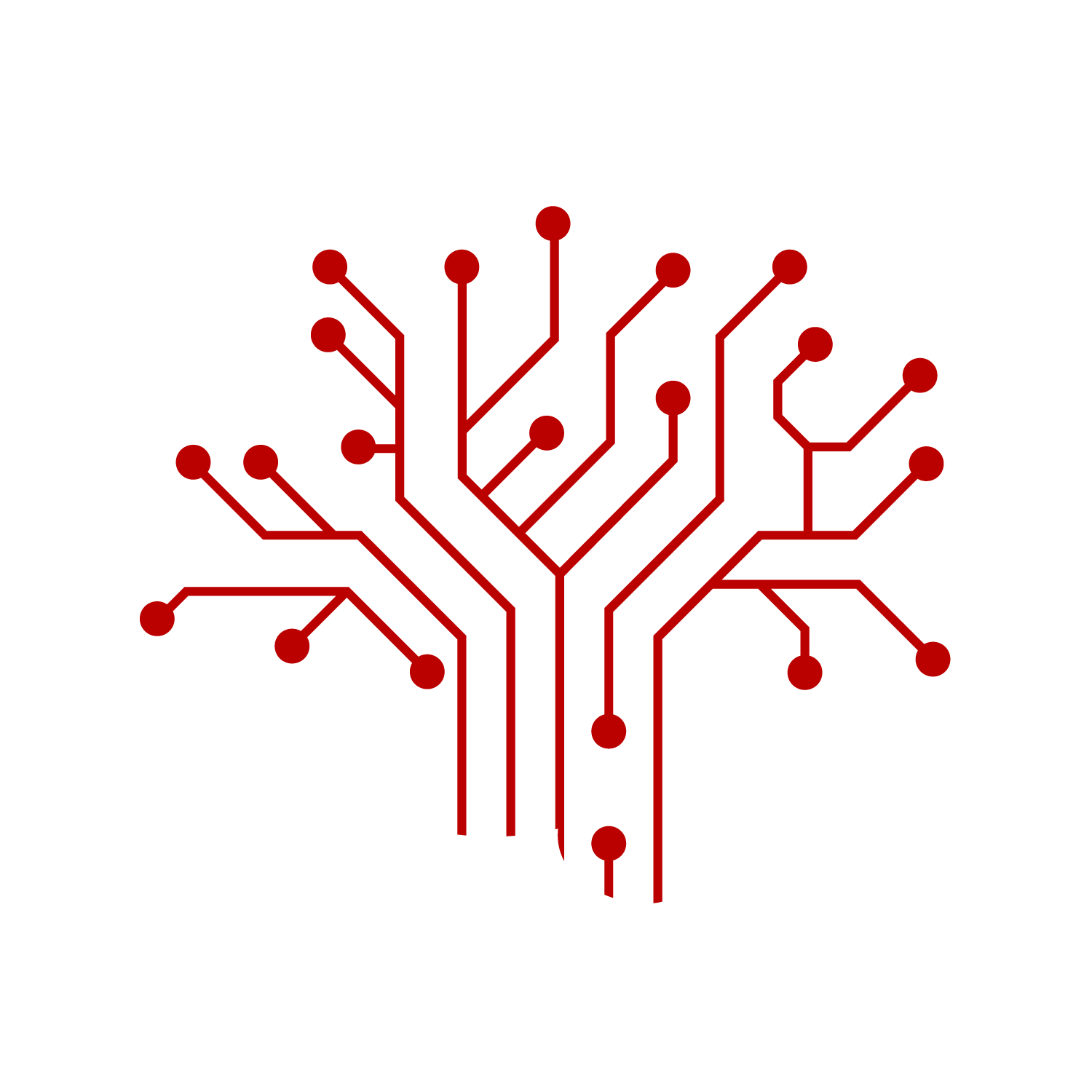Advancing Neuroscience While Removing Racial Bias
Engineer, neuroscientist, and educator Jasmine Kwasa develops and expands access to unbiased EEG medical technology
By Elizabeth Speed
In 2017, a family member volunteered to be part of Jasmine Kwasa’s (ENG 2021) auditory neuroscience experiments using EEGs. Jasmine pointed out that “Black hair and EEGs don’t get along,” and was struck by this fact she’d just voiced, but never challenged.
“It dawned on me that the technology that I studied, loved and worked with daily might have a bias issue. Of the hundreds of research participants that I had invited to the laboratory, almost none of them had coarse, curly or Afro-textured hair,” she says. “It became clear to me that exclusion of this hair type was an open secret in the field.”
The root of the racial bias in EEG technology, specifically, is that EEGs need good contact between electrodes and the scalp to be most effective. Coarse or curly hair and styles like braids or locs make that a challenge.
Working with CMU Professor of Electrical and Computer Engineering Pulkit Grover and researcher Arnelle Etienne while pursuing a doctoral degree in engineering, Jasmine joined a team rethinking EEG electrodes. They developed the Sevo adapter, which not only improved the interface for people with Afro-textured hair, but also outperformed the existing clinical standards while being more comfortable, easier to use and preferred by patients.
The new technology led Jasmine to join Precision Neuroscopics, Inc. As chief technology officer, she is commercializing the adapter. The invention led to recognition as CTO of the Year by Technical.ly Pittsburgh and is the grand prize winner of the 2024 NOMIS & Science Young Explorer Award. In 2023, she received a Fulbright U.S. Scholar Program award to expand access to quality epilepsy monitoring in Kenya.
“I'm really interested in expanding beyond the American cultural context of marginalized groups and thinking about marginalized groups around the world,” she says. “The Fulbright award is special, both in terms of scientific expansion in a global health approach, and for me personally, because I’m half Kenyan. It's my family, it's my people, it's the people who look like me.”


